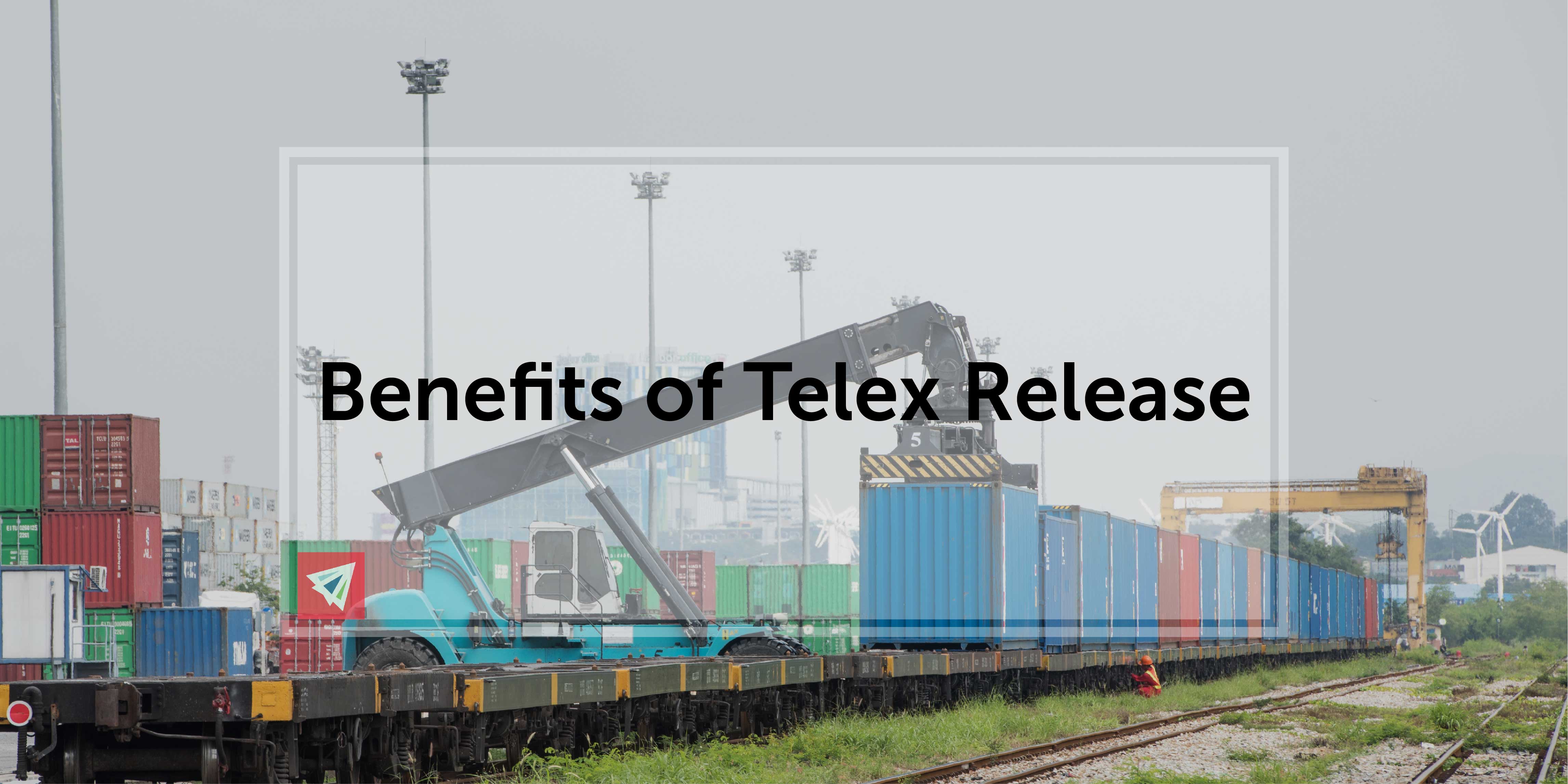Everything these days is all about “efficiency”. We want processes to move faster with less man power and less room for error. Luckily, the digital age is making this dream come true for many businesses. But like a few archaic business models, the logistics industry seems to always lag a few years behind the rest of the world. The industry has not completely abandoned the use of paper filing systems and documentation, especially as it relates to Bills Of Lading. The recent use of telex release is helping logistics companies to take advantage of the digital age and move processes away from paper and onto the computer.
Freight Release
Telex release is a process that applies to the topic of cargo ownership. Here’s a breakdown of how things worked in the past (aka, Freight Release):
Cargo ownership is defined by who holds the House Bill Of Lading (HBL) because the HBL serves as a “Title of the Goods.” In the case of a U.S. import from China, the Chinese shipper issues the Bill Of Lading to the consignee (buyer in the U.S.) once the goods have been loaded onto their vessel for departure. This is the shipper’s way of saying, “the goods are now yours.” The shipper would courier the original HBL documents to the consignee (buyer in the U.S.), the buyer would sign and stamp these documents, send them to their freight forwarder in the destination country, and this forwarder would then review the documents, approve them, send them to their customs broker, and the broker would then send the cargo to the ultimate consignee.
Here’s the issue major issue with this process: couriering documents is not an overnight process. Sometimes, it can take 4-7 days. In addition, the consignee needs to sign and stamp these documents and courier them to their freight forwarder/NVOCC. This can take another 1-2 days. And finally, it is up for the forwarder to receive the documents, recognize and approve them, and then send the HBL to their customs broker for final freight release. Then and only then can the cargo begin to make its way to the consignees destination.
Noticing an inconvenience yet?
The Benefit of Telex Release
If there’s anything in the logistics industry that screams inefficiency, it’s the freight release process. Couriering documents internationally and domestically 3-4 times is slow, expensive, and frustrating. This is where the digital age steps in to save the day with a concept referred to as Telex Release.
Telex release is a digitization of the HBL document handling process. Rather than the shipper couriering 3 sets of original HBL documents (one for the consignee, one for the forwarder, and one for the customs broker), copies of the original HBLs are sent via email to all involved parties. The primary benefit of telex release is that cargo ownership is proven to all parties within seconds of an email being sent. The documents can be signed, approved, and cargo can be released all within a day.
Conclusion
Paper is good for campfires and coffee rings – nothing else. While most of the world has realized this, the logistics industry still chooses to lag by relying on paper-dependent methods to manage cargo ownership. Telex release is taking the first steps to eliminate this.
The House Bill Of Lading serves as proof of ownership for goods. Traditional “Freight Release” methods require this document to be produced by the shipper, couriered to the consignee, stamped and signed by the consignee, sent to their freight forwarder for approval, and then re-couriered to the forwarder’s customs broker for final approval and cargo release. This process can take over a week – all just to get your cargo released.
“Telex Release” moves this entire process to email. All parties of interest (consignee, freight forwarder/NVOCC, customs broker, shipper, etc.) are attached to an email that contains copies of the original HBL documents. All individuals can then sign, approve, and get the consignees freight moving within a day. That’s the major benefit of telex release
